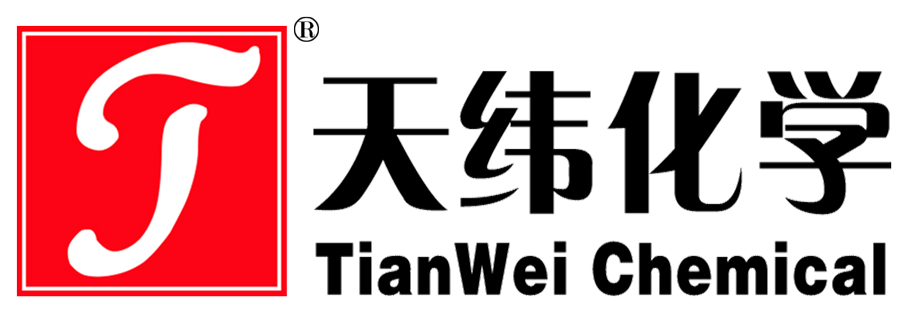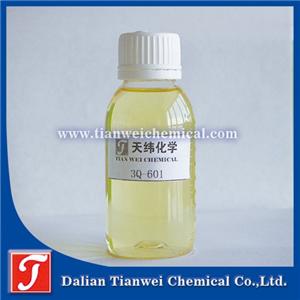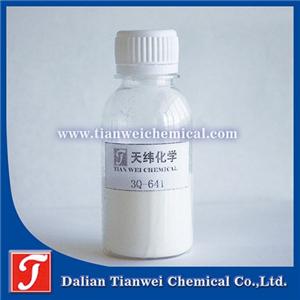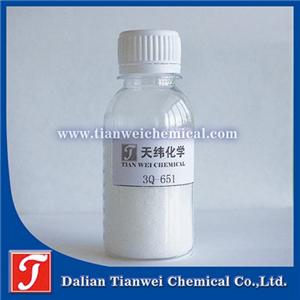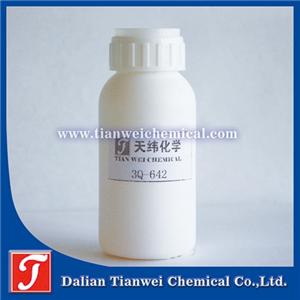-
Characteristics and advantages of dibromonitrilopropionamide (DBNPA)
Dibromonitrilopropionamide (alias dibromocyanoacetamide, DBNPA for short) is a new and efficient bactericidal algaecide and water treatment agent. The material has the advantages of high-efficiency broad spectrum, easy degradation, no residual residue, no pollution to the environment, and at the same time,
18-01-2021 -
Introduction to Silver Ion Antibacterial and Deodorizing Agent for Cat Litter
Cat litter silver ion antibacterial and deodorizing agent is an innovative product designed to address the odor and bacterial growth issues of cat litter by utilizing silver ion antibacterial technology. Its core principle, functional advantages, and safety are as follows:
22-12-2025 -
Fireproof coating anti-corrosion and anti-mold agents extend the shelf life
The anti-corrosion and anti-mold agents in fireproof coatings are key additives that ensure the performance of the coatings and extend their service life. Their mechanism of action, component characteristics and practical application scenarios can be summarized as follows:
18-12-2025 -
The function of adding antibacterial and antifungal agents to PU polyurethane leather
The function of adding antibacterial and antifungal agents to PU polyurethane leather
17-12-2025 -
Innovation in Antibacterial Technology for artificial marble countertops: A Leap from materials Science to healthy living
In high-frequency contact scenarios such as kitchens and bathrooms, traditional artificial marble countertops, due to their high porosity (typically reaching 0.5% to 2%), are prone to becoming breeding grounds for bacteria. Research shows that after three years of use, the surface colony count of a regular countertop can reach 1,200 CFU/cm², while artificial marble with added antibacterial agents can keep this value below 50CFU/cm². This technological breakthrough not only addresses the pain points of home hygiene but also promotes the upgrading of the building materials industry towards health and functionality.
08-12-2025 -
The effect of silver ion antibacterial agent on PVC crystal tablecloths
The effects of using silver ion antibacterial agents in PVC crystal tablecloths are mainly reflected in the following aspects: Highly effective antibacterial and bacteriostatic properties Silver ion antibacterial agents destroy the structure of microorganisms by releasing silver ions, thereby inhibiting the growth and reproduction of bacteria, molds and other microorganisms. Its mechanism of action includes:
04-12-2025 -
Technical Analysis and Market Application of Adding Antibacterial and Antifungal Agents to Artificial Boards
I. Technical Principles and Core Functions Antibacterial and antifungal agents achieve protective functions by destroying the cell structure of microorganisms and inhibiting their metabolic reproduction. In view of the characteristic that artificial boards are prone to erosion by molds such as Aspergillus Niger and Penicillium orange, modern technology adopts a multi-component compound system:
02-12-2025 -
Analysis of the Application of Preservatives in Acrylic Waterproof Adhesive
I. Microbial Contamination Risk and Anti-corrosion Necessity of Acrylic Waterproof Adhesive Acrylic waterproof adhesive takes acrylate polymer as its core component. Its high water content (usually over 50%) and abundant organic matter (such as plasticizers and fillers) provide an ideal growth environment for microorganisms. Microbial contamination can lead to the following problems:
01-12-2025 -
The 0-level anti-mold agent for PE wood-plastic is long-lasting and effective
PE wood-plastic anti-mold agent is a chemical additive specifically designed to inhibit the growth of mold in PE wood-plastic composite materials. Its core function is to prevent the performance decline of materials due to mold by destroying the cell structure of mold or interfering with the metabolic process, thereby extending the service life and enhancing the application value. The following is an introduction from four aspects: component types, mechanism of action, application advantages, and product selection
28-11-2025 -
Is it good for hospitals to use antibacterial coatings with added antibacterial agents
It is a good choice for hospitals to use antibacterial coatings with added antibacterial agents. Their advantages are reflected in reducing the risk of cross-infection, enhancing the ability to prevent and control infectious diseases, purifying the air, protecting medical staff, preventing wall mold, extending service life and reducing maintenance costs, and meeting environmental protection and safety standards. The specific analysis is as follows:
27-11-2025
